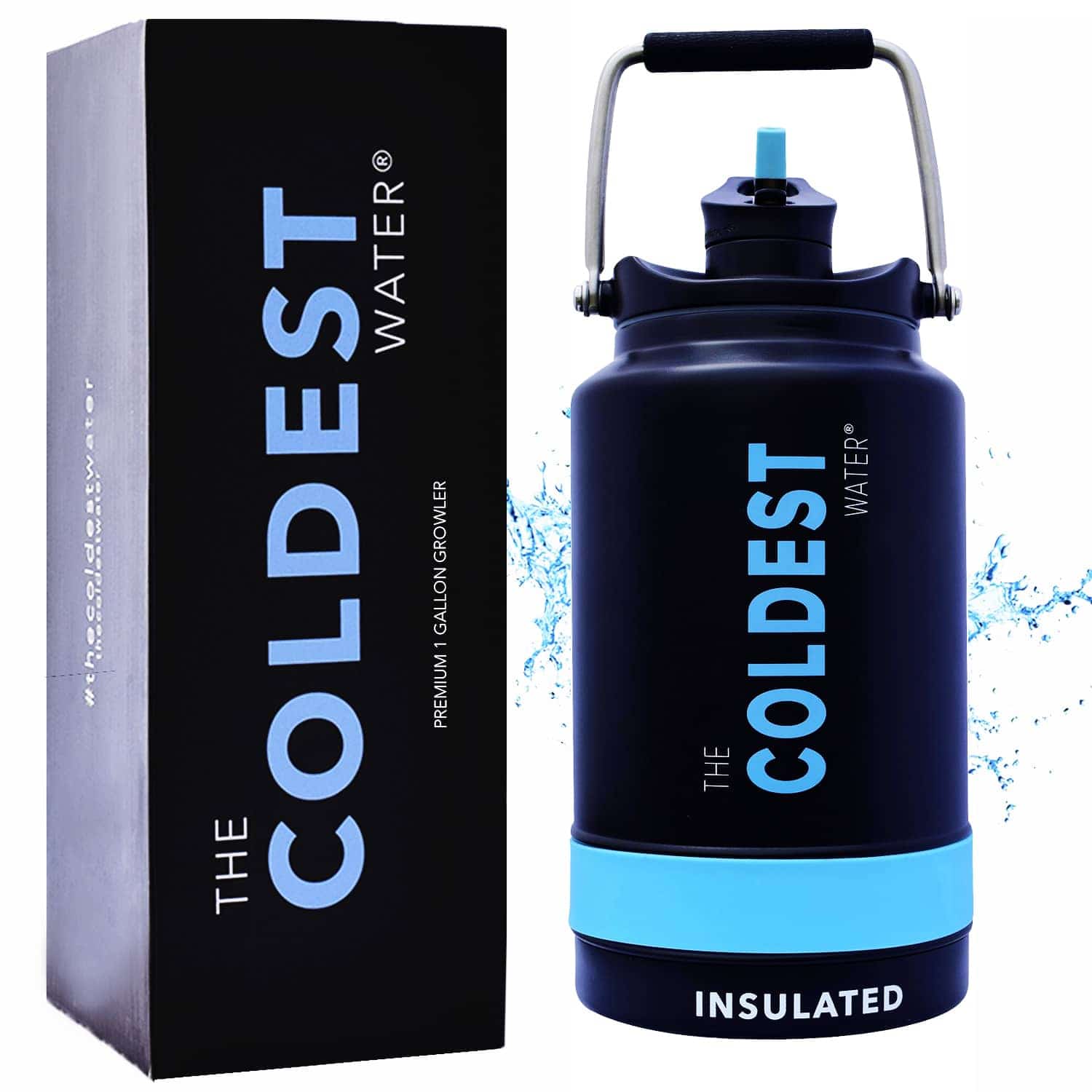Preparing For an Emergency Situation
Preparing For an Emergency Situation
This is a Public Service Awareness Article from the Coldest Water Naples, Florida USA.
To meet the difficult situation, for example, a flood or an earthquake, it might be some time before one can get access to water and food from outside the home. Water lines might be broken, making the home water supply contaminated or perilous. For the wellbeing and solace of your family, it’s a smart choice to prepare and have enough water and food stored for no less than 3 days or 72 hours.
Steps One Can Take:
Food and water ought to be a piece of each Emergency Kit.
Water:
It is suggested that every individual have:
-
2 Liters or 8 glasses for drinking every day.
-
2 Liters or 8 glasses for cleaning and cooking every day.
In this way, for 72 hours, every individual ought to have:
-
6 Liters or 24 glasses for washing.
-
6 Liters or 24 glasses for cleaning and cooking.
-
12 Liters or 48 glasses of water in total.
Read More: Why Drinking Pure Water Is Essential to Being Healthy

Include some effectively conveyed little containers in the event that you need to clear your home.
Economically filtered water ought to be replaced after 6 to 12 months. Filtered water is certainly not a sterile item so ought to be replaced to guarantee the drinking security.
For more data on planning crisis plans and making a 72-hour first aid pack with water, foods, devices and other supportive things, visit www.TheColdestWater.com.
Foods:
The food quantity you will require in the Emergency Kit relies upon the number and requirements of members in a family. In the event that you stock your pack with nutritious foods your family typically likes to eat, and restock the food pack as you go, there will be no need to think about the wasting foods.
Pick durable and organic foods. Organic foods are encouraging during emergency times.
Consider the particular food items that every person in your family needs—for instance, babies and those with hypersensitivities or allergies. Remember your pets!
Pick foods that are minimal and lightweight, and require less water for cooking.
Ensure you have every one of the tools or instruments and utensils you have to cook food, including matches, a protected method for heating the foods, a manual can opener, a pot for cooking, detergent or cleanser to wash dishes, and dispensable cutlery and dishes, as they will lessen water use since you won’t have to clean them.
Replace the foods once every year. Name every food item with the expiry date or you added it to the Emergency Kit to enable you to remember.
Since your first aid kit gives food to a brief span of time, you don’t need to go for specialized food. Be that as it may, having nutritious snacks and suppers will help keep vitality level up and help everybody to feel best. Pick beverages and foods that have low salts, when possible, in light of the fact that salt makes you dehydrated and thirsty.
Coming up next are proposed foods from every one of the four nutrition classes from “Eating Well with America’s Food Guide”.
Read More: Drink Water to be fit and Healthy – Reusable Water Bottle to Serve you Better

Vegetables and Fruit:
-
Dried and canned vegetables or fruits.
-
Juice boxes.
-
Canned stews and soups.
Cereal or Grain Products:
-
Salt-free wafers, (Ready-to-eat) and instant grains.
-
Pasta and rice—keep in mind that water requirement is must for cooking these items.
Milk and Alternatives:
-
Consolidated or evaporated milk.
-
Skim milk powder.
-
UHT milk products (milk having disinfected treatment at “ultra-high temperatures” giving it high stability for more than a half year; it shouldn’t be refrigerated until you open the packs).
-
Ready-to-eat puddings (prefer packaged items).
-
Soy beverages and other shelf-stable rice packs.
Meat and Alternatives:
-
Canned meats (Beef or mutton) and fish.
-
Canned pork and beans or beans alone.
-
Dried lentils beans and peas —keep in mind that these items require water for cooking.
-
Trail blend of seeds and nuts.
-
Canned stews and soups.
-
Seed margarine, Nutty spread or other nuts.
Read More: Men’s Health Magazine rated Coldest Bottle 21 oz as a Top Opportunity
Other Materials:
-
Jam, honey, and oil.
-
Sugar, salt and pepper.
-
Tea bags and instant coffee sacks.
-
Comfort foods, for example, candies, chocolate bars, sweetened grains, and cookies.
Extra Resources:
“Emergency or Crisis Preparedness Guides” enables the readers to anticipate a crisis/emergency situation by giving information about:
-
Risks and hazards specific to a locality.
-
Developing a crisis or disaster management plan.
-
Setting up a survival pack (or giving knowledge on where you can get one).
“Crisis or Emergency Preparedness Guides” also assists readers with knowing what to do in the time of emergency. Get your “Crisis Preparedness Guide” right now and learn how to make the best survival plans for you and your family. This is an essential job every responsible person must follow in order to save the lives of loved ones.
Thanks to The Coldest Water Naples, Florida USA.




